Project Horizon: Nukes and shotguns on the moon
- By Travis Pike
Share This Article
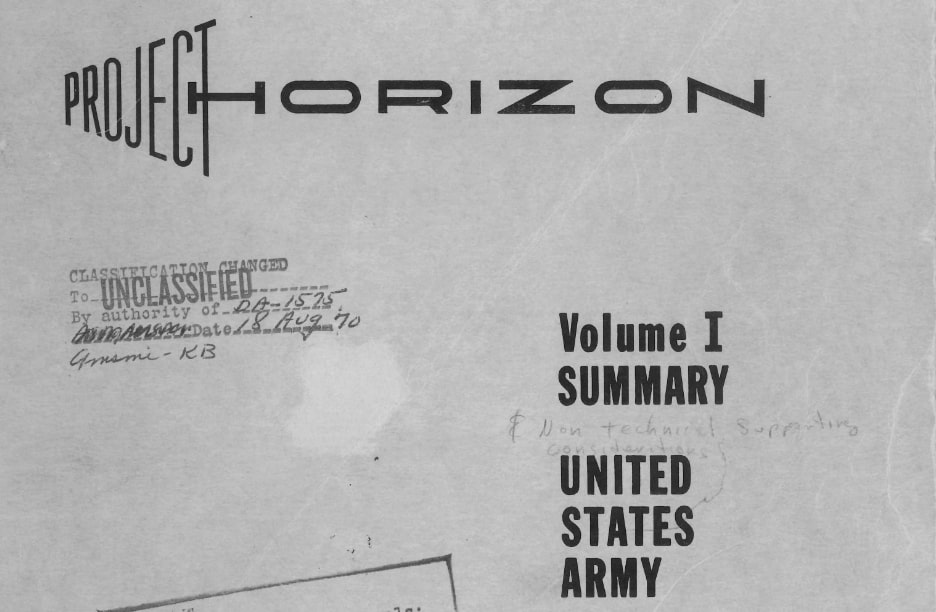
I’m a fan of small arms, sci-fi, and military history, and Project Horizon mixes all three.
The project, which began in 1959, was essentially the U.S. Army’s attempt to colonize the moon, build outposts, and claim it for America! The formerly secret project is now available to the world to discover, and it’s truly fascinating.
I’m not a space or aeronautical nerd, but I love this idea of an American moon base based on 1950s technology.
The Army’s plan had a bit of everything, including comms, food, and a schedule that would have us conquering the moon by 1964.
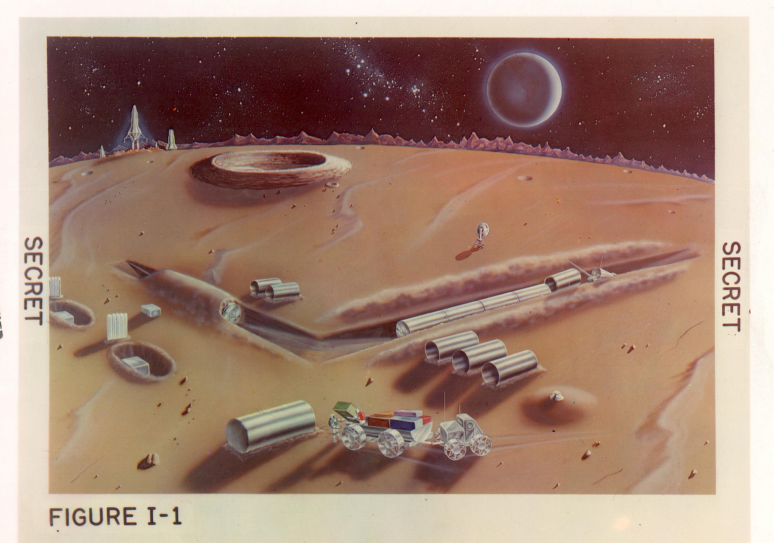
The goal was to establish a moon outpost that could support life and communicate with Earth. The period after WWII was a time of American excellence when anything seemed possible. This was also a time were we raged against the communists in everything we did, and that included Project Horizon.
The project planned to spend six billion in 1959 money, which is $58 billion today. That seems to be affordable enough to guarantee American space supremacy.
Project Horizon’s report even talks about the proposed defensive weapons of our moon soldiers.
Related: These are the small arms of the Ukrainian Special Forces
The Project Horizon squad and weaponry
The Horizon team would be a 12-man team tasked with establishing an outpost on the moon. The report clearly states that:
“It must be borne in mind that the first and foremost mission of the group will be survival and communication with earth. The prime mission is not to engage in combat, however, the personnel must be able to defend themselves.”
The Army seemed to anticipate that the rest of the world would also be interested in conquering the moon. The main fear would be the Soviets, who also had an impressive space program.
The Army and the people putting together this report had a number of factors to consider when they began to theorize the weapons that would be best suited for combat on the moon. Obviously, the moon-based environment would be a major consideration, but it went beyond just fightin’ commies on the moon.
Related: 3 pieces of Special Operations gear that give troops ‘super powers’
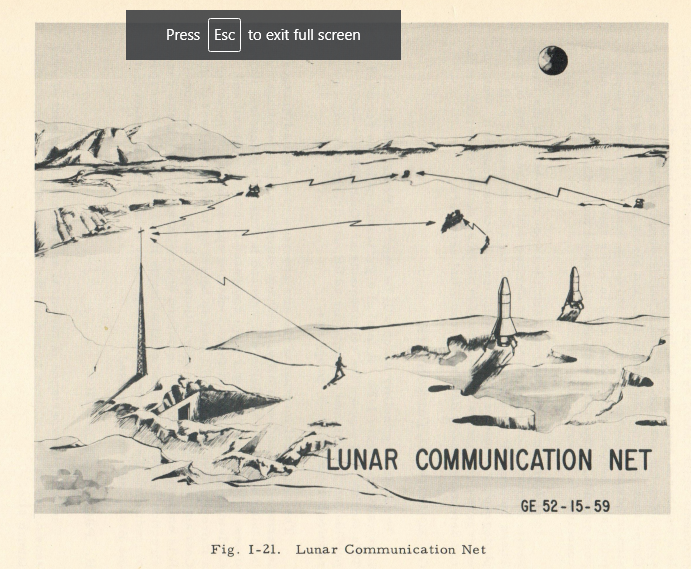
A 12-man team isn’t too different from an infantry squad, except that the Project Horizon squad wouldn’t be made up of young soldiers ready to brawl. The team would be made up of scientists, academics, and physicians. That’s a serious consideration because using a weapon properly requires training.
Beyond that, they would be in theorized space suits. The report accurately predicted that these space suits would be big, bulky, and have limited dexterity. Not only that, but the suits would have a big helmet that would limit visibility and make using sights impossible: The use of something like the M1 Garand would be impossible in space.
The space guns of Project Horizon
While most of us likely picture lasers, rail guns, and gauss rifles when we picture space guns, the truth is much simpler. In fact, technology would seemingly take a step back to arm the Project Horizon team.
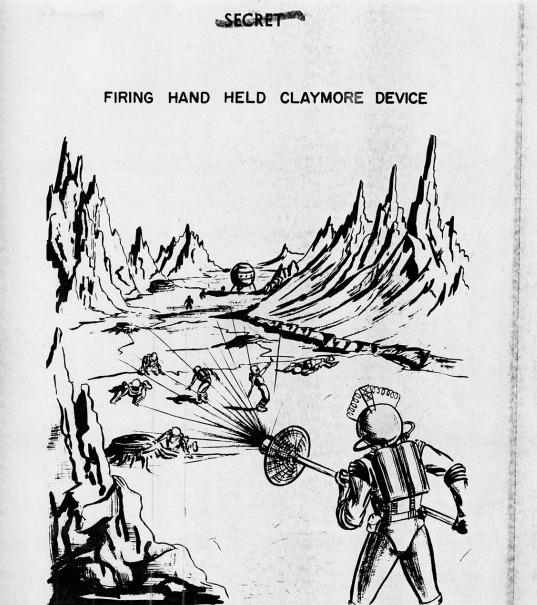
First and foremost, the project’s developers immediately discounted the idea of a weapon that fired a single projectile. The accuracy required to make that shot count would be too great given the challenges. In the end, four weapons were theorized to be well suited for arming the team.
So let’s look at what they thought up to arm the Project Horizon team.
The pistol
The report doesn’t go into depth on the pistol. The weapon would be as small as possible and capable of being fired while wearing a spacesuit. It would fire a ‘spray type’ ammunition and lists buckshot as an example. They wanted the spray of fire to be limited to two to three degrees.
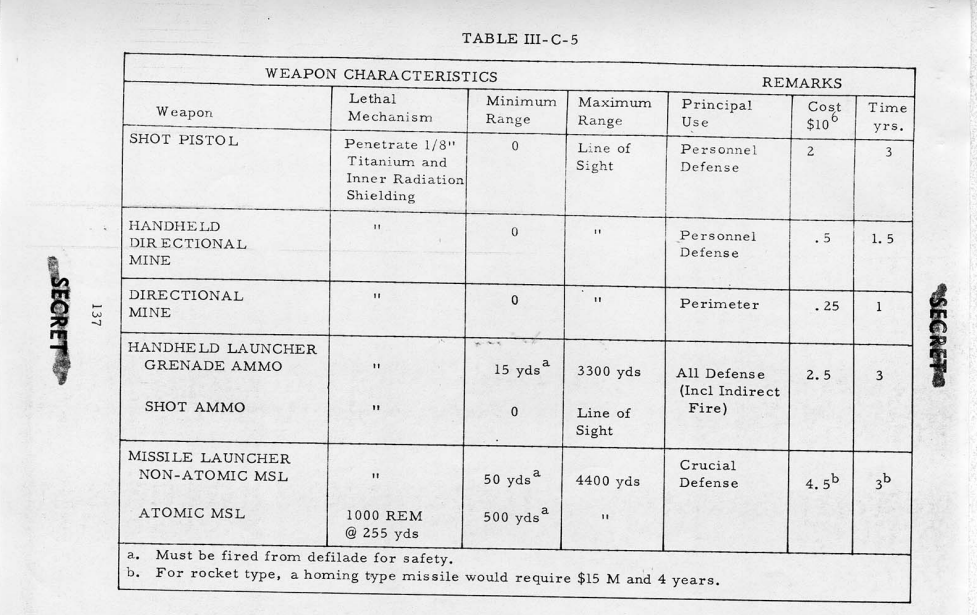
Handguns that fire buckshot exists in the form of revolvers. These revolvers fire .410 rounds and tend to be reliable, although not particularly effective here on earth. On the moon, the benefits of a vacuum and less gravity will allow them to keep the projectiles to keep their velocity for a longer period of time and could make them more effective.
As a military project, the Project Horizon team could even step up to 32-gauge or 28-gauge shotshells for a big bigger payload. The main downside is that these revolvers tend to be fairly large.
Related: TP-82 Cosmonaut Survival Pistol: Russia’s space gun
The handheld-directional mine
The handheld-directional mine is essentially a claymore attached to a stick but fancier. The idea was for a weapon that weighed less than two pounds and could launch a massive payload of fragmentation in the form of ball bearings at the enemy. The design allowed it to fire with little aiming required, and the multitude of projectiles made it more likely to strike an enemy.
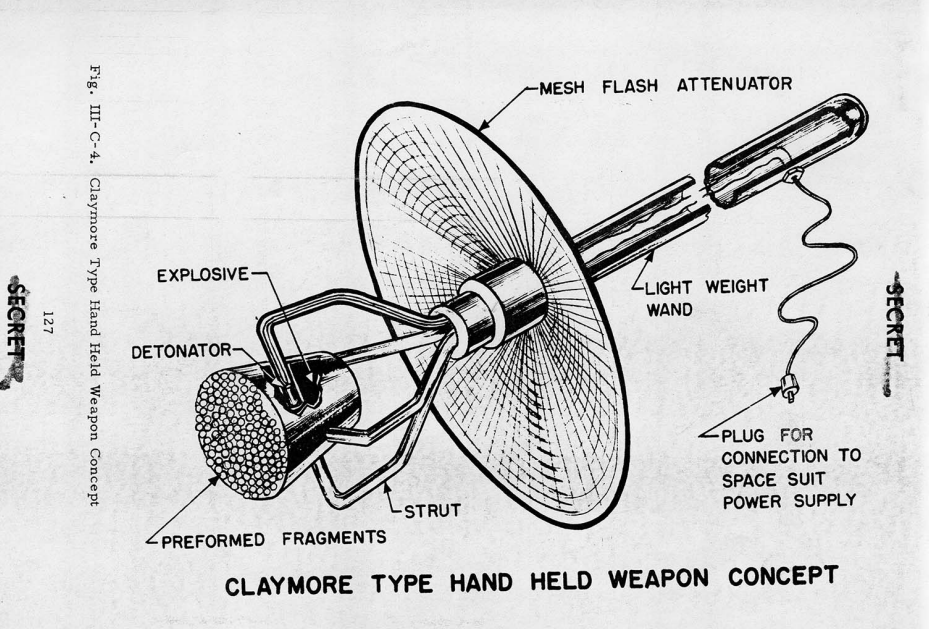
Keep in mind that damaging an enemy’s suit could be an instant kill in this environment.
Normally claymore has a black blast area that could kill or harm anyone sitting too close behind it. However, in space, the vacuum rendered this a non-issue.
The mine would be supported by struts that would absorb the blast without transmitting recoil to the user. A small shield would be placed between the explosive and the user for personal protection. A trigger unit would run through the wand and into one of the struts and could be easily fired while wearing the spacesuit.
It would be essentially a shotgun that could be used at greater ranges and cover a greater area than the pistol.
Directional mine
The directional mine would essentially be a slightly modified claymore. This weapon could be highly effective for perimeter defense. The Project Horizon team could take out targets without exposing themselves to enemy fire.
Project Horizon theorized a change would need to be made to the claymore: It would need a new leg design, detonator modification, power supply, and sighting system. The explosives would need an update for the extreme temperatures on the moon.
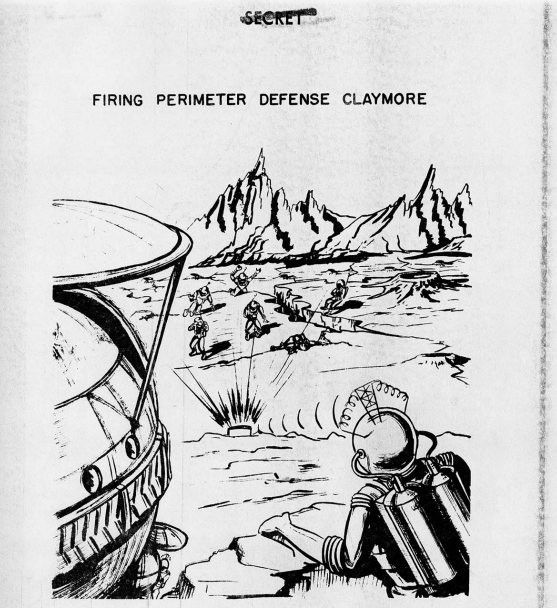
The claymore works well out 200 feet on Earth. On the moon, Project Horizon theorized it could function out to 2,500 feet.
The grenade launcher
While the weapon is mentioned, it’s never really described in the available report, which only states that it would be a handheld grenade launcher that would fire shot ammunition, so it is essentially a large, single-shot shotgun.
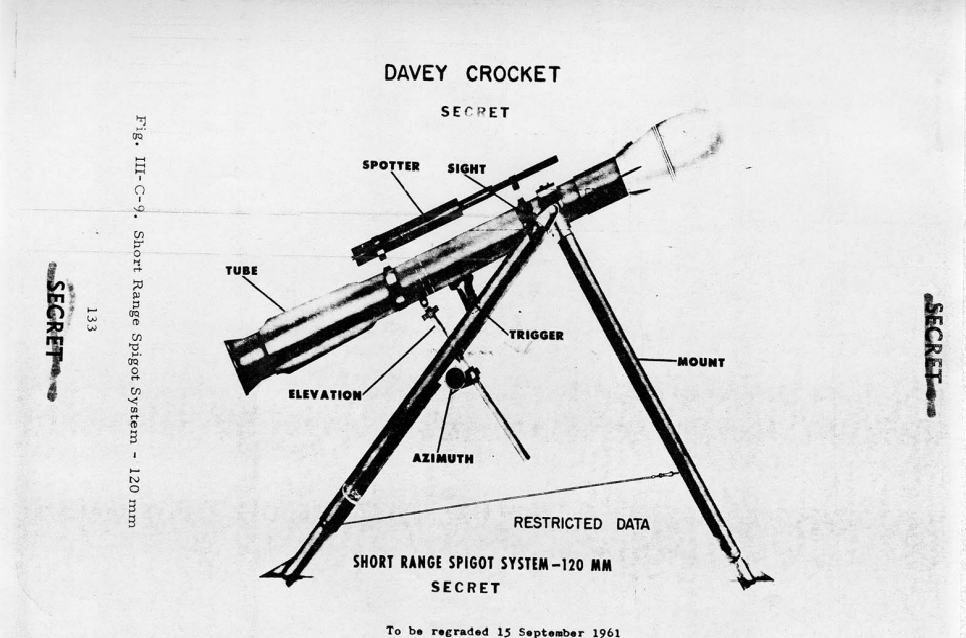
Project Horizon also looked to utilize the Nuclear Davy Crockett recoilless gun and non-nuclear missile munitions. However, these seem to be aimed at more offensive operations and at combating near and far spaceships and satellites.
A launch that never happened
As we know now, Project Horizon didn’t really go anywhere. We went to the moon but missed the deadline to colonize it.
It’s likely for the better that we didn’t wage war on the moon with mini-nukes and handheld directional mines. Still, it’s a fascinating look at what could have been!
Editor’s Note: This article was originally published in August 2022. It has been edited for republication.
Read more from Sandboxx News
Related Posts
Sandboxx News Merch
-

‘Sandboxx News’ Dad Hat
$27.00 Select options This product has multiple variants. The options may be chosen on the product page -

‘AirPower’ Golf Rope Hat
$31.00 Select options This product has multiple variants. The options may be chosen on the product page -

‘Kinetic Diplomacy’ Bumper Sticker (White)
$8.00 Add to cart

Travis Pike
Travis Pike is a former Marine Machine gunner who served with 2nd Bn 2nd Marines for 5 years. He deployed in 2009 to Afghanistan and again in 2011 with the 22nd MEU(SOC) during a record-setting 11 months at sea. He’s trained with the Romanian Army, the Spanish Marines, the Emirate Marines, and the Afghan National Army. He serves as an NRA certified pistol instructor and teaches concealed carry classes.
Related to: Military History
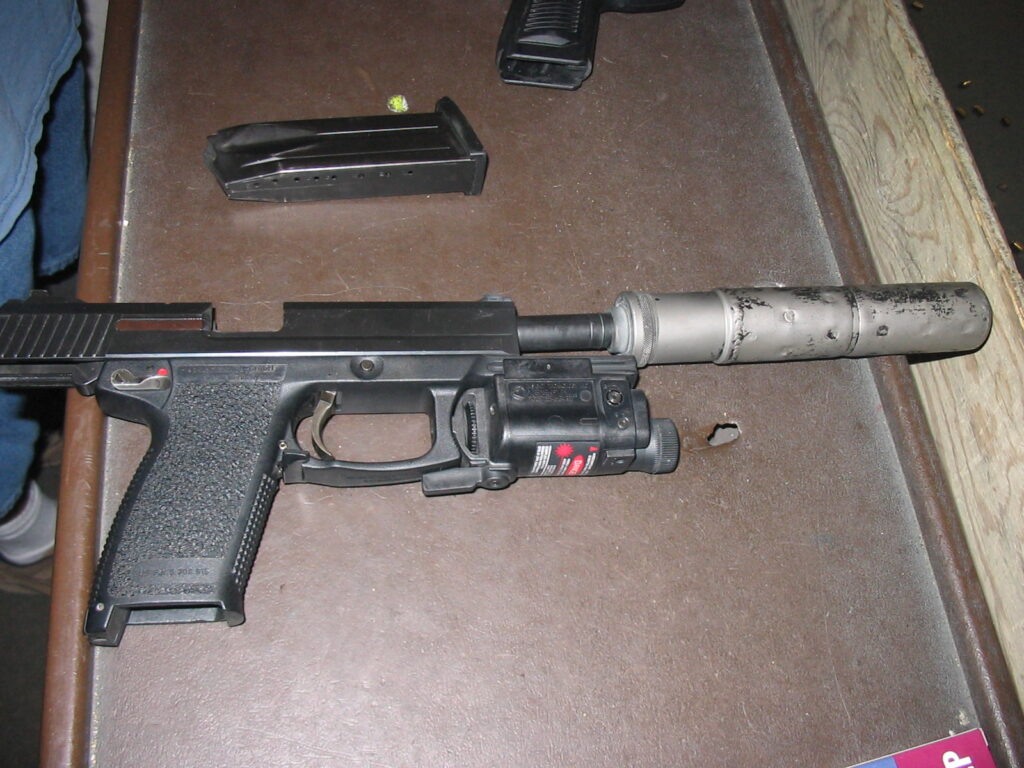
The HK MK23 built for SOCOM was the first and last offensive handgun
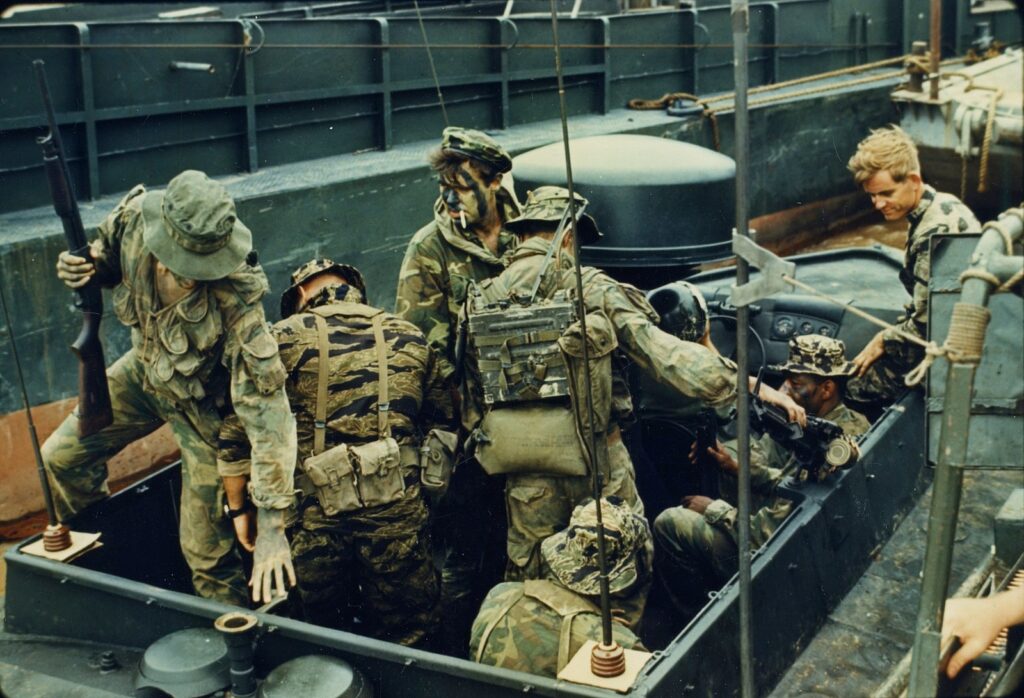
The slick custom shotgun carried by a Navy SEAL point man in Vietnam
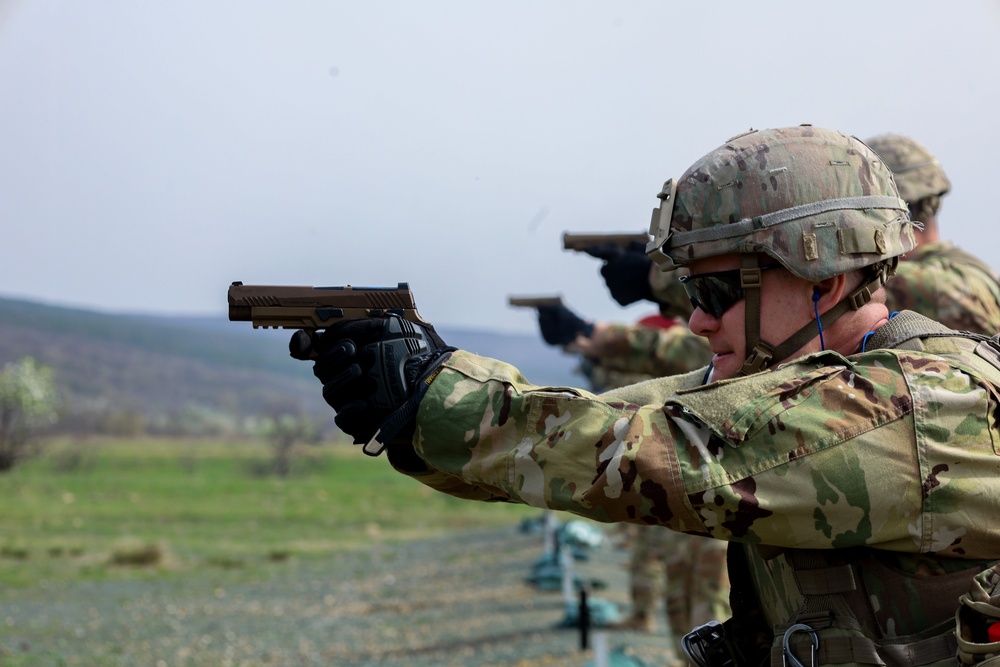
Are the Army’s old Beretta M9 and new SIG M17 pistols as similar as people think?

The Switchblade, loitering munitions, and the new terrifying face of warfare
Sandboxx News
-

‘Sandboxx News’ Trucker Cap
$27.00 Select options This product has multiple variants. The options may be chosen on the product page -

‘AirPower’ Classic Hoodie
$46.00 – $48.00 Select options This product has multiple variants. The options may be chosen on the product page -

‘AirPower’ Golf Rope Hat
$31.00 Select options This product has multiple variants. The options may be chosen on the product page -

‘Sandboxx News’ Dad Hat
$27.00 Select options This product has multiple variants. The options may be chosen on the product page
